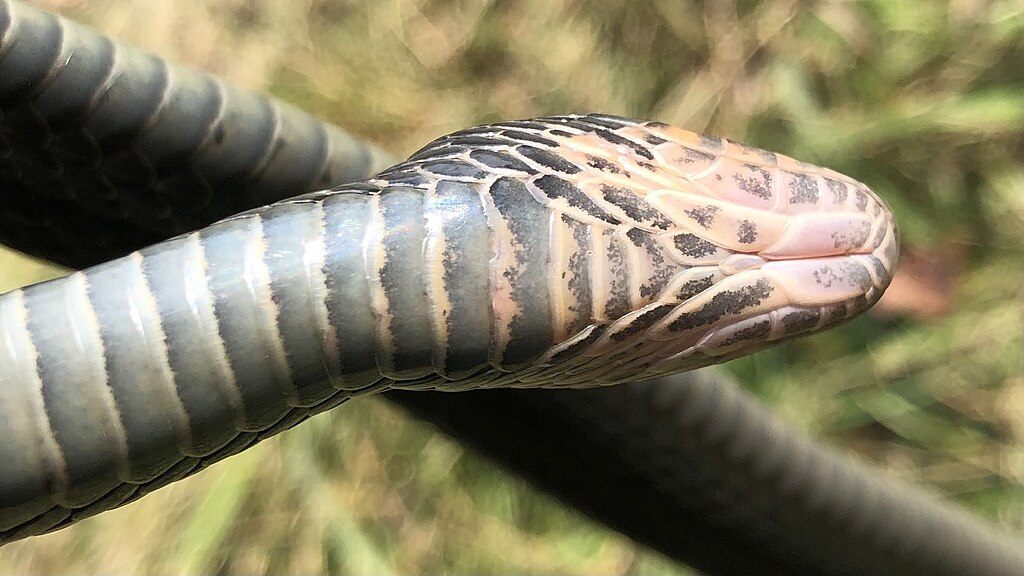The fascinating world of snake behavior includes many rituals and habits that have evolved over millions of years to ensure their survival. One particularly interesting behavior observed in several snake species is their tendency to seek out water bodies immediately after completing the shedding process. This post-shedding aquatic retreat is not merely random but serves several important functions in the snake’s life cycle and well-being. Understanding why snakes engage in this behavior provides valuable insights into their physiology, survival strategies, and evolutionary adaptations. Whether you’re a herpetologist, snake owner, or simply curious about reptilian behavior, exploring the relationship between snake shedding and water-seeking behavior reveals the remarkable complexity of these often misunderstood creatures.
The Basics of Snake Shedding
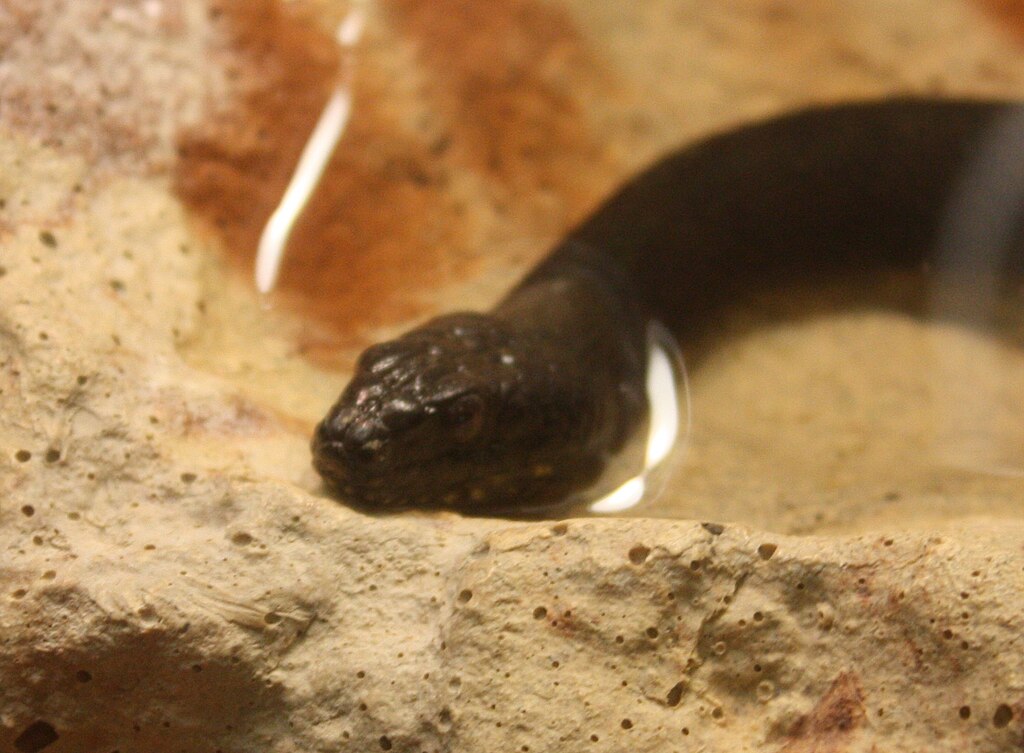
Snake shedding, scientifically known as ecdysis, is a natural process where snakes periodically replace their outer skin layer. Unlike humans who shed skin cells continuously, snakes shed their entire skin in one piece, starting from the head and peeling backward like removing a sock. This process typically occurs several times a year, with frequency varying based on the snake’s age, growth rate, and environmental conditions. Younger snakes growing rapidly may shed every few weeks, while adult snakes might shed just a few times annually. The shedding process is physically demanding for snakes, requiring substantial energy expenditure and leaving them temporarily vulnerable to predators and environmental stressors. Understanding this fundamental aspect of snake biology helps contextualize why water becomes so important during this critical phase of their life cycle.
Rehydration After Energy Expenditure

The shedding process is incredibly energy-intensive for snakes, often leaving them in a state of dehydration. During ecdysis, snakes lose significant amounts of body moisture as they work to separate the old skin from the new layer beneath. This moisture loss, combined with the physical exertion required to wriggle out of the old skin, creates an immediate need for rehydration. Water becomes essential not just for drinking but for whole-body rehydration through absorption across their scales. Many snake species have evolved the ability to absorb water directly through their skin, making immersion in water after shedding an efficient method to quickly restore hydration levels. This rapid rehydration helps snakes recover faster from the physically demanding shedding process and return to normal activity levels sooner.
Soothing Sensitive New Skin
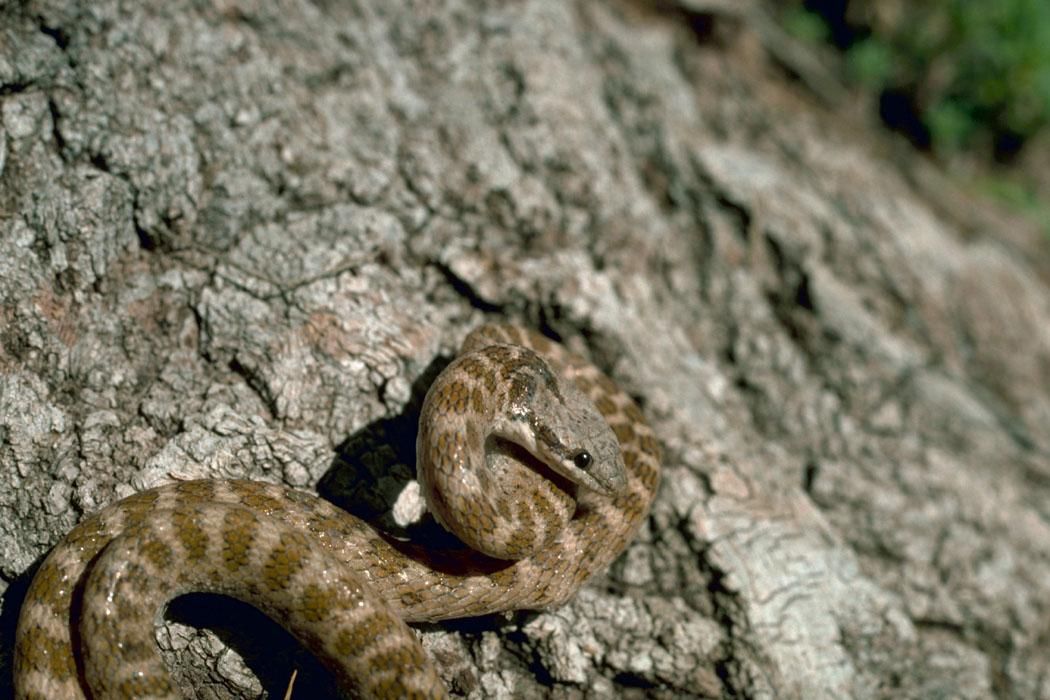
Newly shed snake skin is extraordinarily sensitive and vulnerable. The fresh scales, though vibrant in color, lack the toughness and durability that develops with exposure to the environment. Immersion in water provides a gentle environment that minimizes friction and potential damage to this delicate new skin. The water acts as a buffer against rough surfaces, debris, and potential irritants that could scratch or harm the snake’s new exterior. This soothing quality of water is particularly important for snakes that live in environments with abrasive substrates such as sand, rocks, or dried leaves. Some snake owners and researchers have observed that snakes often appear more relaxed and comfortable during their post-shed soak, suggesting that the water immersion may provide relief similar to how aloe vera soothes human skin after sunburn.
Protective Behavior Against Predators
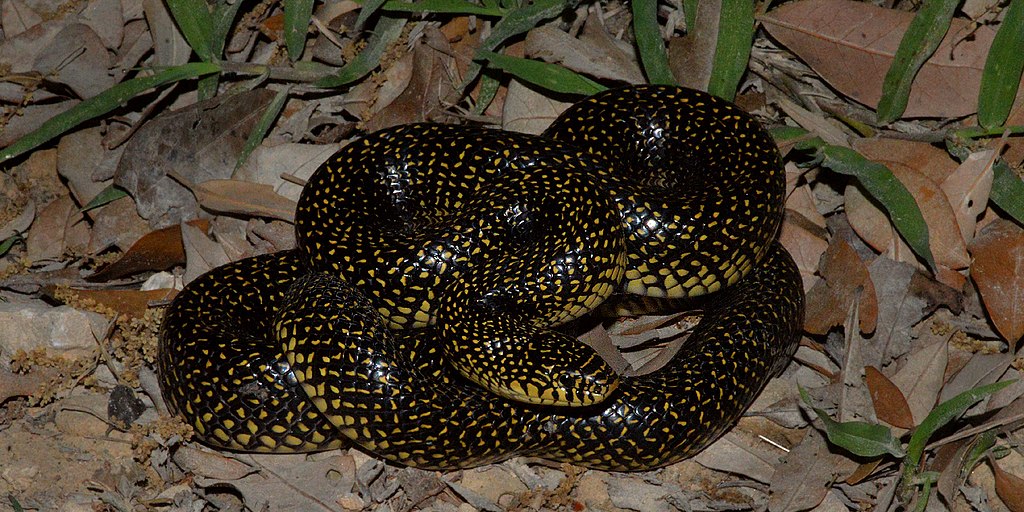
The period immediately following shedding represents one of the most vulnerable times in a snake’s life cycle. Their movement may be slightly uncoordinated as they adjust to their new skin, and the bright, fresh coloration can make them more visible to predators. Water provides an effective hiding place and escape route from potential threats during this vulnerable period. Many predators are either unwilling or unable to pursue snakes into water, making aquatic environments a strategic refuge. In addition, water helps mask the snake’s scent, which is particularly important since the shedding process can release pheromones and other olfactory signals that might attract predators. This protective adaptation demonstrates how snakes have evolved behavioral strategies to complement their physiological processes, enhancing their chances of survival during high-risk periods.
Checking for Incomplete Sheds
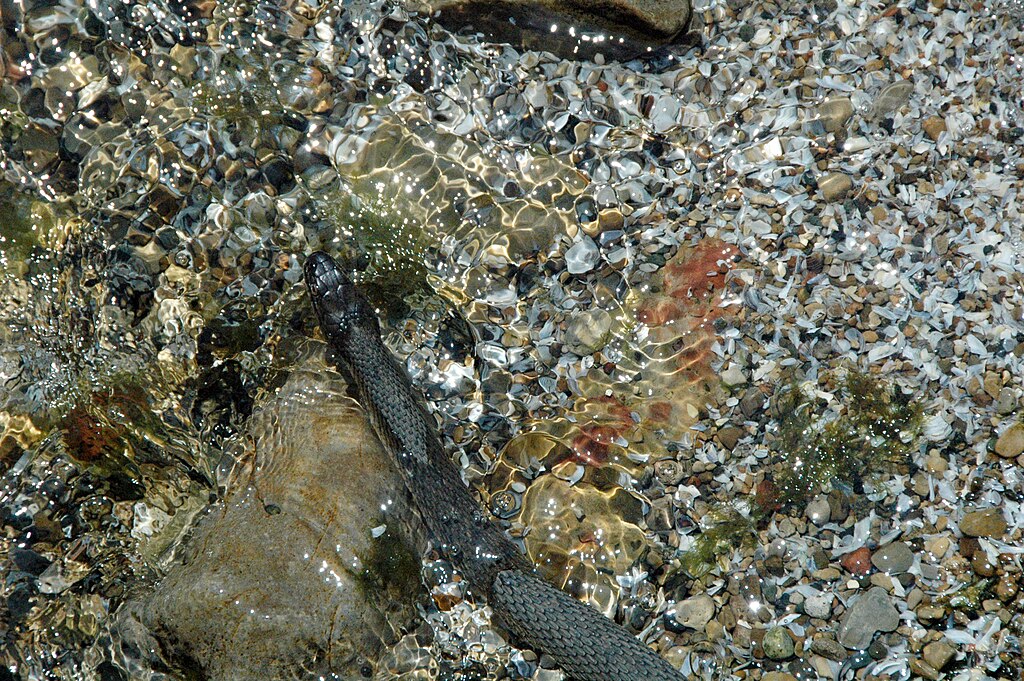
Water immersion serves a practical function in helping snakes complete the shedding process if it has been incomplete. Incomplete sheds, where portions of the old skin remain attached to the snake’s body, can lead to serious health complications if not addressed. Soaking in water softens any remaining pieces of old skin, making them easier to remove through gentle rubbing against submerged objects or the bottom of the water body. This behavior is particularly common in captive snakes that may not have access to the ideal humidity levels or rough surfaces needed for a complete shed. In the wild, snakes instinctively seek out water when they sense that their shed is incomplete, using the natural properties of water to facilitate the removal of stubborn skin patches, especially around sensitive areas like the eyes and heat-sensing pits.
Species-Specific Water Affinity
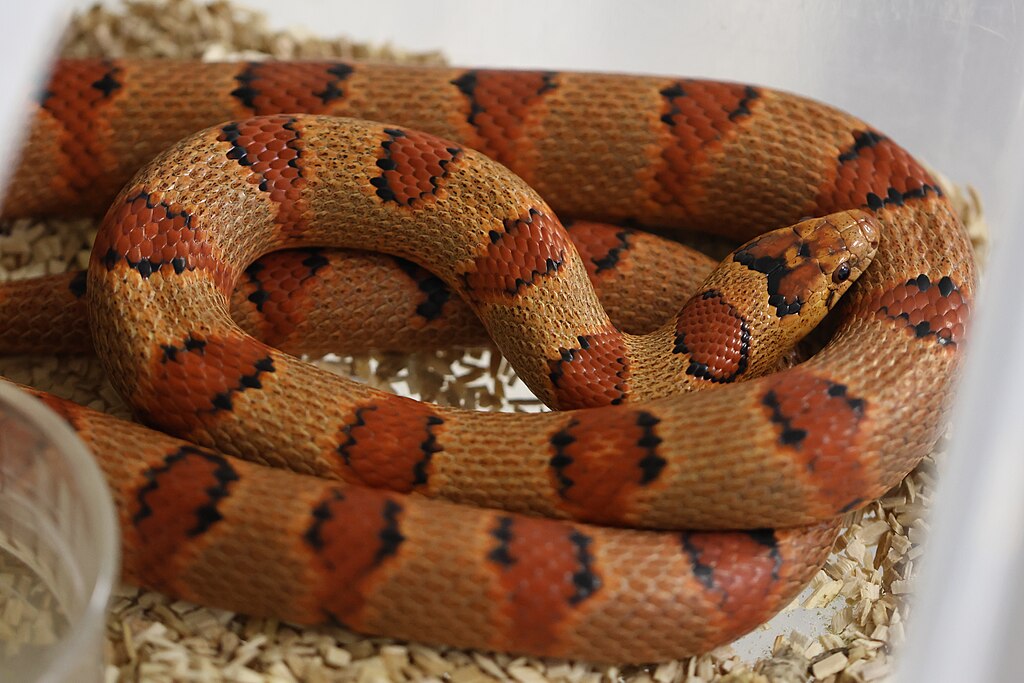
The tendency to retreat to water after shedding varies significantly among snake species, with semi-aquatic and aquatic species displaying the strongest water-seeking behavior. Water snakes, cottonmouths, and anacondas, which already spend substantial time in or near water, will almost invariably seek aquatic environments after shedding. Conversely, desert-dwelling species like sidewinders or sand boas may simply seek out the limited moisture available in their environments, such as morning dew or small temporary pools. This variation in water-seeking behavior demonstrates how evolutionary adaptations are shaped by habitat and ecological niche. Even within a single species, individual snakes may show different levels of water-seeking behavior based on their specific environmental conditions, health status, and previous experiences, revealing the complexity and adaptability of snake behavior patterns.
Humidity Regulation and Skin Health

Water immersion provides snakes with an immediate way to regulate humidity levels around their newly exposed skin. The transition from old to new skin creates a period when moisture regulation is particularly critical for maintaining skin health and preventing complications. Immersing in water helps snakes achieve optimal hydration of their new scales, promoting proper development of the protective lipid layer that waterproofs and protects their skin. This humidity regulation is especially important for species that naturally inhabit environments with fluctuating moisture levels. Even desert snakes, which have adapted to arid conditions, benefit from periodic access to water for maintaining skin elasticity and health. Research has shown that snakes with regular access to water for post-shedding immersion exhibit fewer skin problems and infections compared to those without such access.
Temperature Regulation Benefits
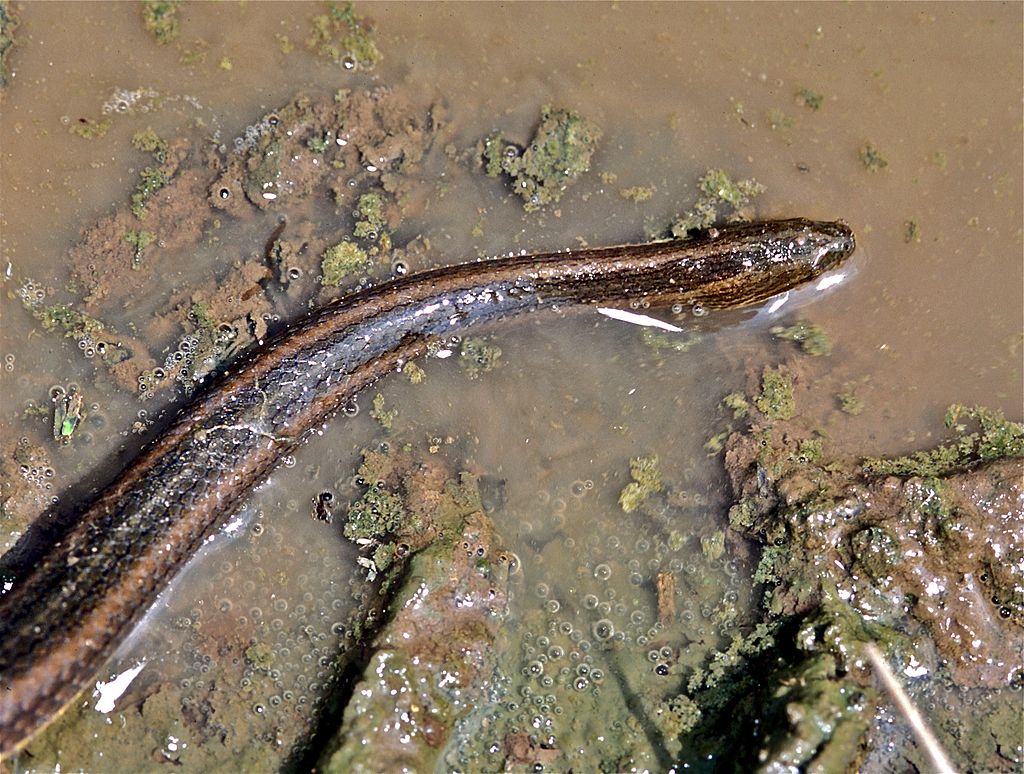
Water provides snakes with an efficient medium for temperature regulation after the energy-intensive shedding process. As ectothermic creatures, snakes rely on environmental sources to manage their body temperature, and water serves as an excellent thermal buffer. After shedding, many snakes experience a need to cool down due to the physical exertion involved, and water immersion allows for rapid heat transfer away from their bodies. Conversely, in colder environments, snakes may seek sun-warmed shallow waters to help raise their body temperature while simultaneously benefiting from the hydration effects. This dual benefit makes water bodies particularly attractive to post-shedding snakes regardless of ambient temperature conditions. Some species have been observed adjusting their position within water bodies to optimize their temperature, moving between deeper cooler areas and warmer shallows based on their thermal needs.
Sensory Recalibration Period
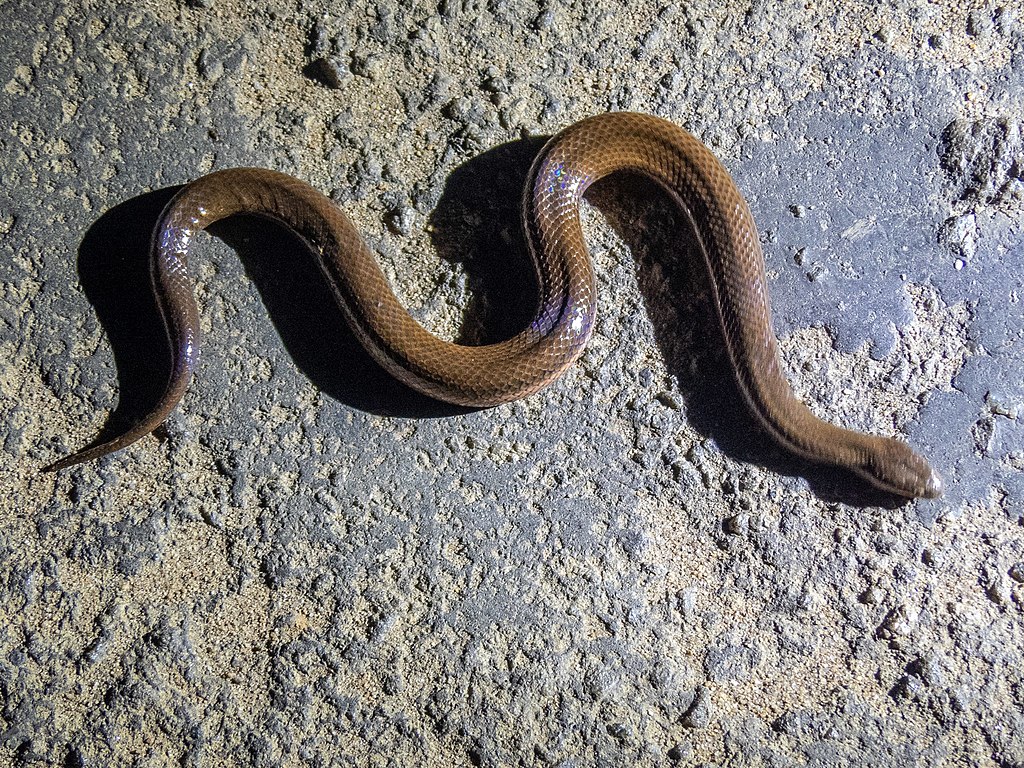
The shedding process temporarily impairs a snake’s sensory capabilities, particularly vision, as the old eye caps (spectacles) are removed along with the rest of the skin. During this transitional period, snakes may experience compromised vision and altered perception of their environment. Water environments provide a relatively stable and predictable setting where snakes can safely navigate while their sensory systems recalibrate. The buoyancy provided by water also reduces the need for precise muscle coordination, which may be temporarily affected after shedding. Additionally, water’s sound-dampening properties create a quieter environment with fewer sensory stimuli, allowing the snake to gradually readjust to its full sensory capacity without overwhelming input. This sensory recalibration period typically lasts from several hours to a day, during which time the protective qualities of an aquatic environment offer significant advantages.
Parasite and Bacteria Reduction
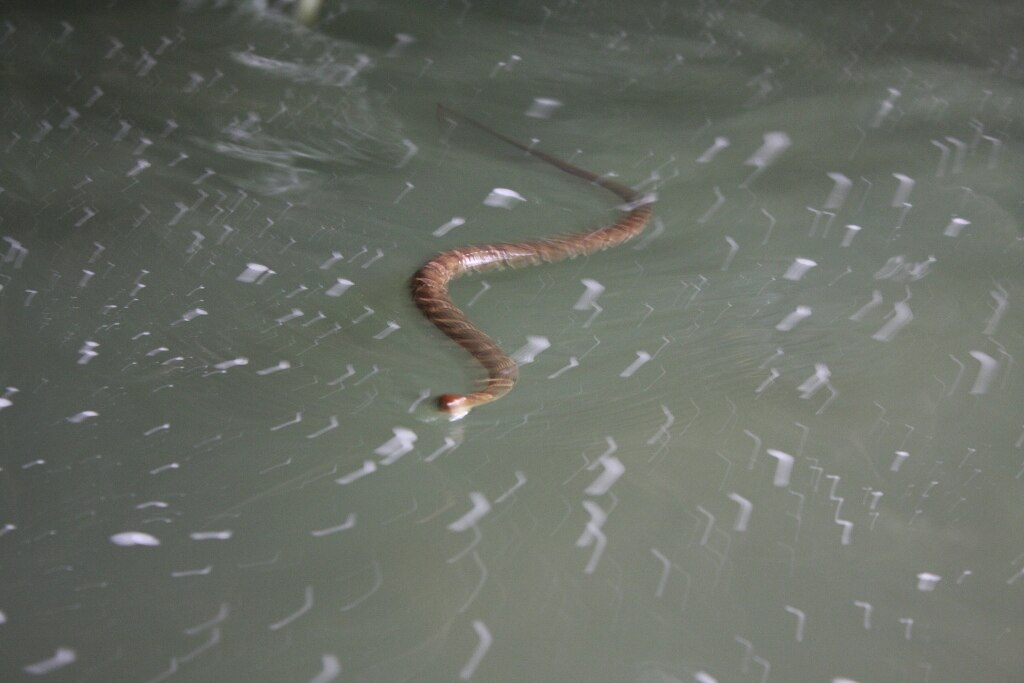
Water immersion after shedding serves as a natural cleansing mechanism that helps reduce external parasites and bacteria that might exploit the vulnerability of new skin. The old skin can harbor mites, ticks, and microscopic organisms that could potentially transfer to the new skin during or after shedding. By immersing themselves in water, particularly flowing water in natural environments, snakes can wash away these potential threats before they establish on the fresh skin surface. Some research suggests that certain water environments, especially those containing natural minerals or slight acidity, may have mild antimicrobial properties that further protect the snake’s new skin from infection. This natural cleansing behavior is particularly important for wild snakes that don’t have access to the controlled environments and preventative treatments available to captive specimens.
Observations in Captive Settings
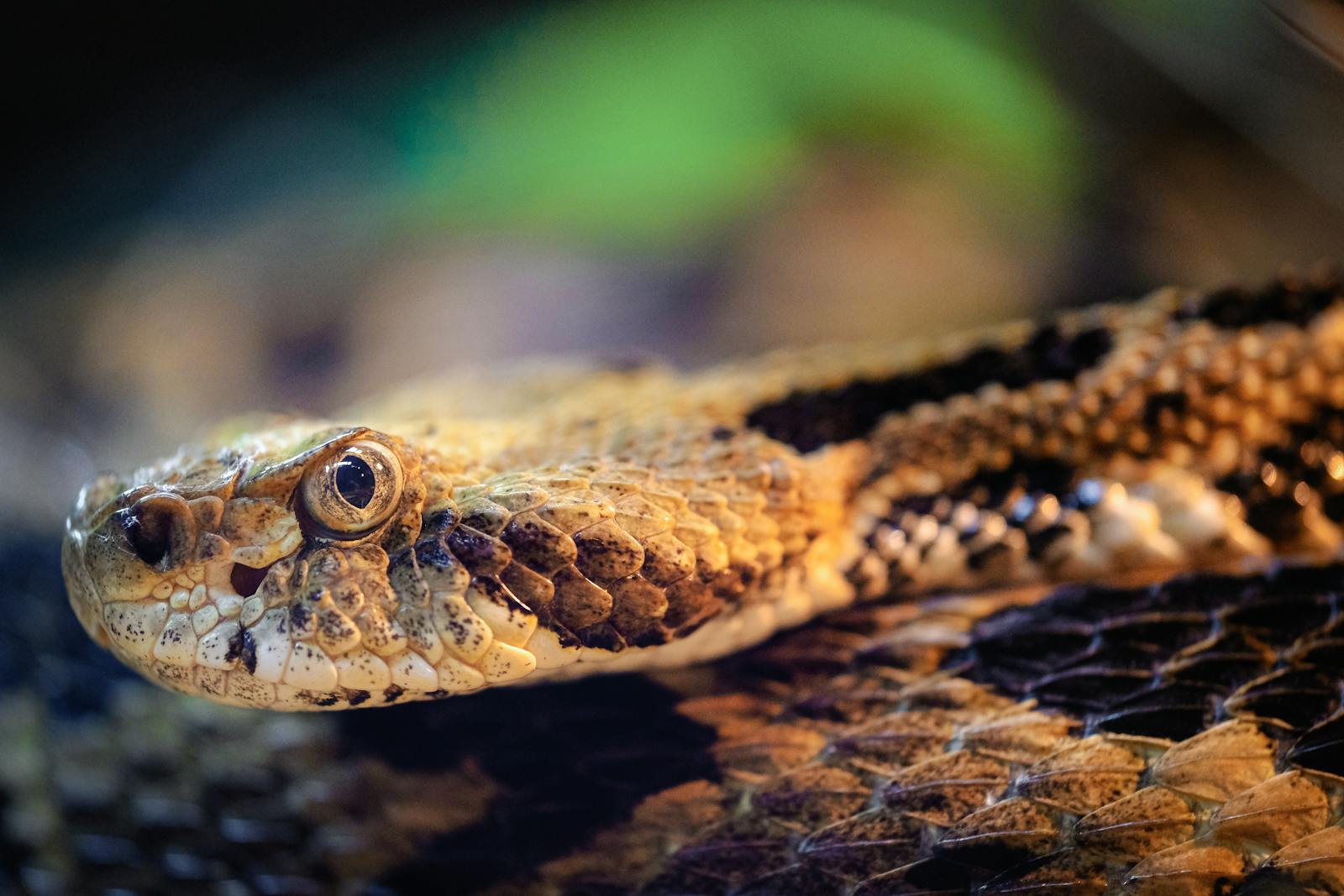
Snake keepers and herpetologists have documented consistent water-seeking behavior in captive snakes following shedding events, providing valuable insights into this natural behavior. Many experienced reptile owners proactively offer their snakes larger water containers or special soaking opportunities when they observe the preliminary signs of shedding, such as dulling colors and cloudy eyes. Captive studies have shown that even species not typically associated with aquatic habitats will often soak extensively after completing a shed. This behavior persists despite generations of captive breeding, suggesting it is an innate rather than learned behavior. Some facilities specializing in snake breeding have incorporated special post-shedding protocols that include access to shallow water baths, recognizing the importance of this behavior for optimal snake health and stress reduction.
Evolutionary Origins of the Behavior
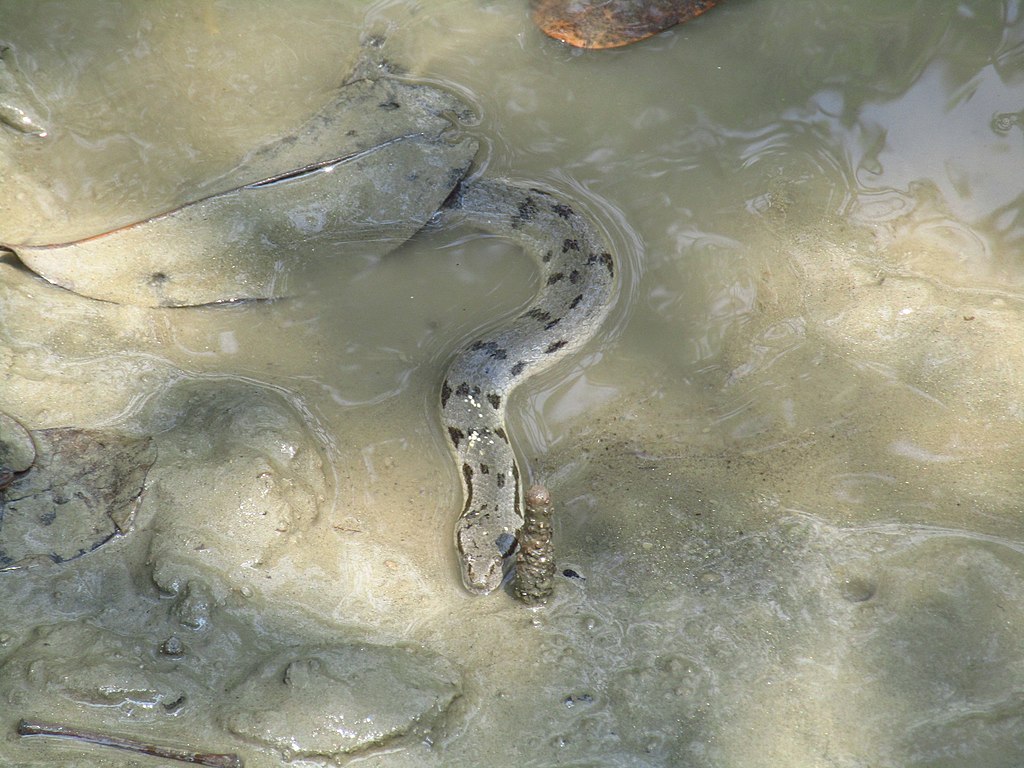
The tendency for snakes to seek water after shedding likely has deep evolutionary roots tracing back to their distant ancestors. Most reptiles evolved from semi-aquatic species, and many primitive reptilian behaviors remain encoded in modern snake genetics. Paleontological evidence suggests that early snake ancestors lived in environments with ready access to water, where post-shedding immersion would have provided survival advantages. The persistence of this behavior across diverse snake lineages, including those that have adapted to arid environments relatively recently in evolutionary timeframes, indicates its fundamental importance to snake biology. Evolutionary biologists have proposed that water-seeking after shedding may represent what’s known as a conserved behavior—an ancient adaptive trait so beneficial that it has been maintained through millions of years of evolution despite changing habitats and lifestyles.
Implications for Snake Conservation
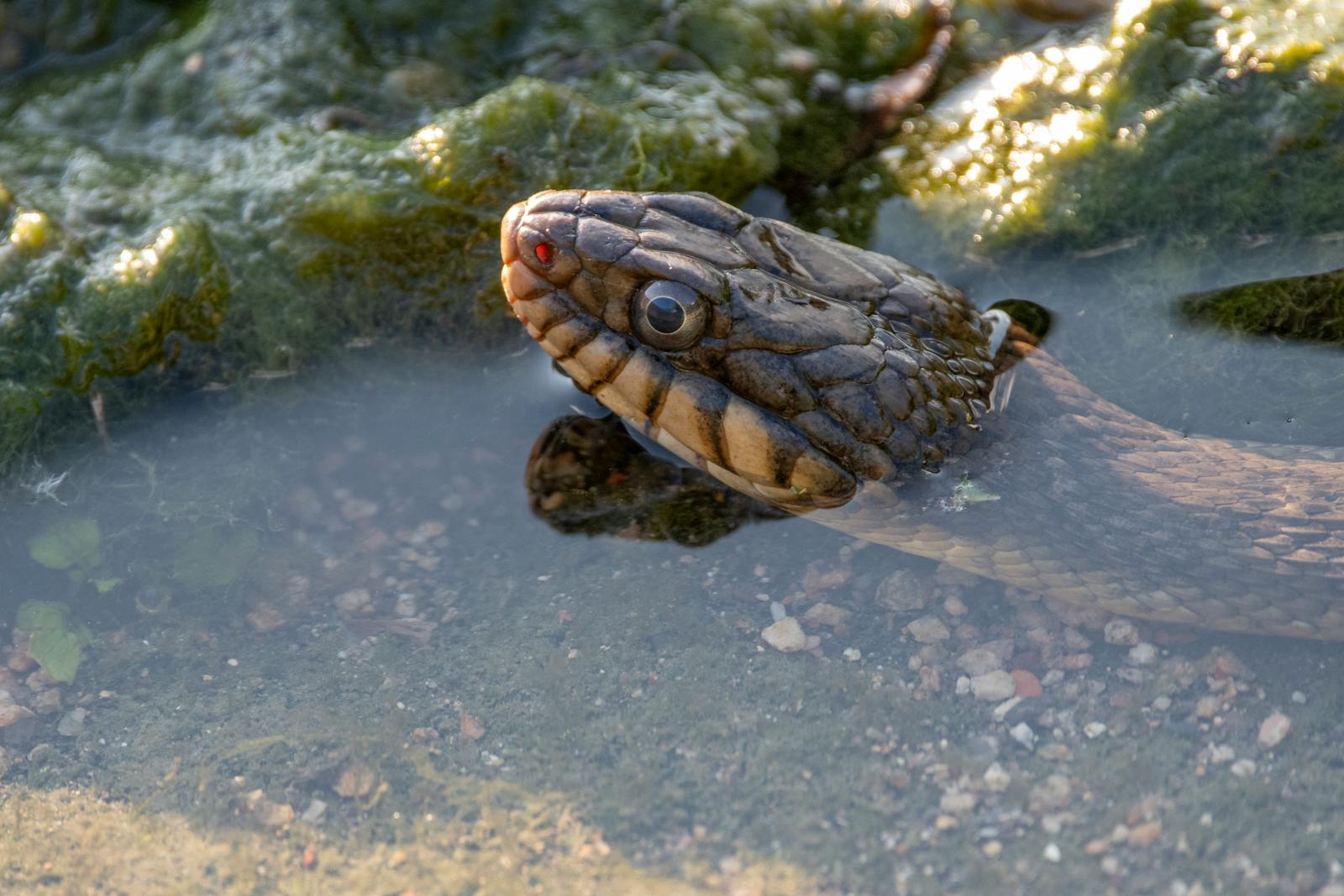
Understanding the critical relationship between snake shedding and water access has important implications for conservation efforts worldwide. Habitat destruction, particularly the loss of wetlands and water bodies in regions with diverse snake populations, may be even more detrimental to snake survival than previously recognized. Conservation strategies should prioritize maintaining networks of accessible water sources within snake habitats to support this essential behavior. Climate change, with its associated shifts in precipitation patterns and increased frequency of droughts, poses a particular threat to snakes’ ability to find suitable post-shedding water sources. Protected area design and restoration projects should consider incorporating diverse water features that accommodate different snake species’ preferences, from shallow marshes to deeper pools. By acknowledging the importance of post-shedding water access, conservation efforts can better address the full spectrum of snake survival needs throughout their life cycles.
The fascinating behavior of snakes retreating to water after shedding reveals the remarkable ways these reptiles have evolved to overcome the challenges of their unique physiology. From rehydration and protection to sensory recalibration and parasite removal, water provides multiple benefits during one of the most vulnerable periods in a snake’s life. This behavior, consistent across many species and persistent in captive environments, underscores the deep evolutionary importance of water access to snake health and survival. For snake enthusiasts, wildlife managers, and conservation biologists alike, recognizing and protecting this relationship between snakes and water resources is essential to ensuring these remarkable creatures continue to thrive in their diverse habitats around the world.

